One ring to rule them all,
one ring to find them.
One ring to bring them all
and in the darkness bind them. --J.R.R. Tolkien
Of course we're all familiar with the planet Saturn. Gas giant, many moons, and, of course, its prominent rings:
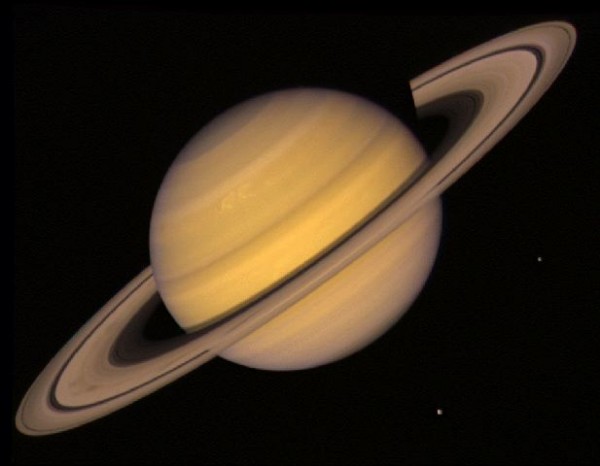
Note that word, rings. Sure, at a distance, it may just look like one elongated ring.
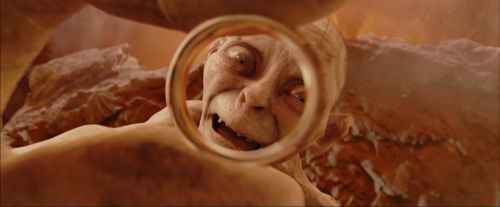
But our tools for measurement are better than our mere naked eyes. Saturn was known, very clearly, to have seven separate rings, many of which are separated by large moons in their orbits.
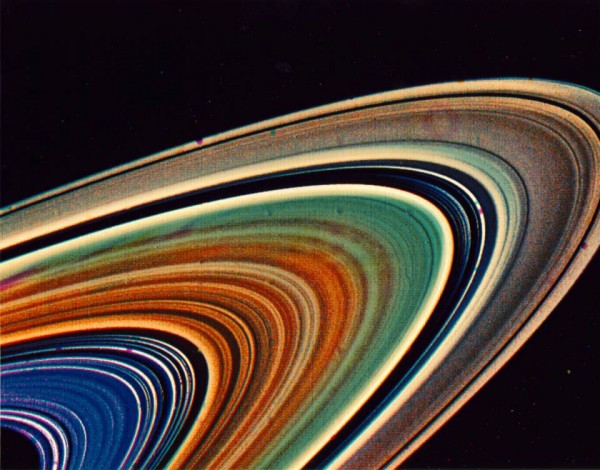
But very recently, a team of astronomers from Maryland and Virginia have discovered that far beyond the seven standard rings, millions of miles out away from Saturn, is a large, diffuse, and tilted eighth ring!
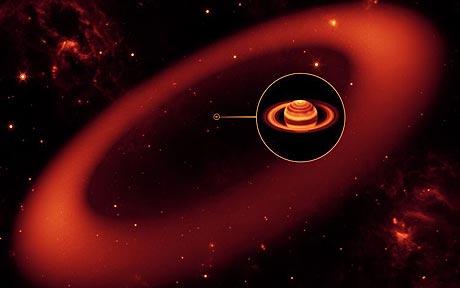
All of the rings are a bit of a mystery. Are they billions of years old? Are they recent, having just arisen from a collision with a Saturnian moon? Are they as old as the Solar System itself?
While this question is still an open one for the inner seven rings, we have strong reasons to believe the eighth one is relatively new. Why? Whenever you have a rotating system, particles get separated out by density, just like in a centrifuge. The Earth has a different elemental composition than Mercury, Saturn, or Pluto, and for the same reason, Saturn's inner moons have a different composition than its outermost moons. But in between the seventh and eighth rings lies a very interesting moon, Iapetus. Why is Iapetus so interesting? Just have a look at it.
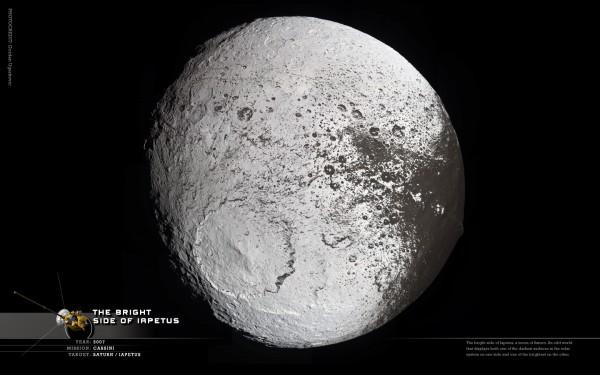
Iapetus is two-toned. The brown-ish side? That's basically insects smashed against its windshield. As Iapetus speeds around Saturn, it continuously runs into this material that's trying to fall in from the eighth ring. And where did this eighth-ring material come from? It looks like Saturn's moon Phoebe -- which has clearly been struck by comets and/or asteroids before -- is responsible.
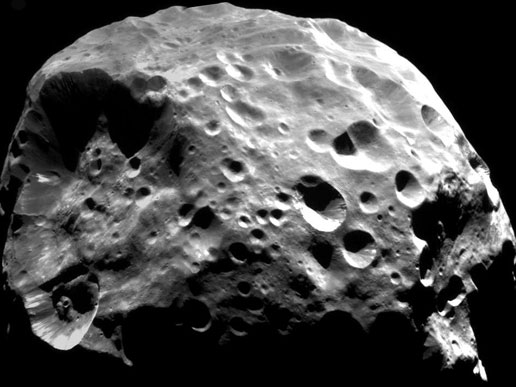
Since they're at such different distances from Saturn, they're made up of different materials, and so have different colors and densities. Something must have collided with Phoebe, knocking all of this dusty material up and into a ring around Saturn. And a small amount of it falls in and is swept up by Iapetus, changing one side of its color, but not the other! (Why? Since Iapetus doesn't rotate freely; it's locked to Saturn.)
So one new discovery, and one old mystery solved! Not a bad week for Saturn.

Since we're doing the ring jokes anyway.
Actually, the story is a tad more complicated than that. Phoebe is probably a captured body and didn't form along with the inner satellites. The retrograde orbit with a huge semimajor axis is a dead giveaway.
I thought compositional variation with distance from the primary was more to do with temperature and radiation pressure, as well as subsequent evolution (e.g., Enceladus is getting rockier (and denser) as it blows off its water).
topppppppppppp
PAAHH dont u guys have anything better than being GEEKS
YOUR A FREAK
frickin crap u are all stupidos and i hate u
im gonna kill myself cuz u guys made this website
frickin crap
Its pretty cool to me
what in the world
the reason why the bbc is obsessed with 'ONE'..the world is run by saturn worshiping neo-cons
not real
Pretty cool to me!
wow the hole eighth ring thing thats probaly real but no one knows for sure i meen have you been there no you havent so hpmf